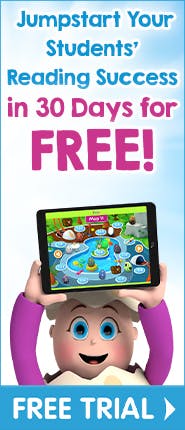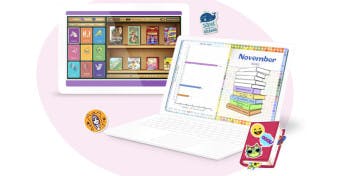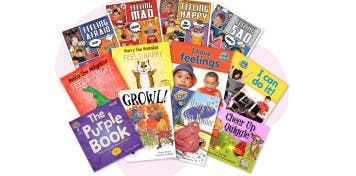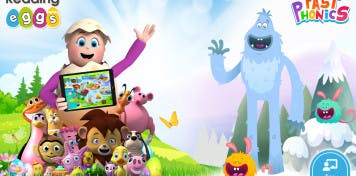


From Emergent to Confident Readers: The 5 Pillars of Reading Success in Class

How do you take a class of bright-eyed kindergarteners who only know a few letters and sounds, and turn them into confident, independent readers in a school year?
Teaching reading to a class of diverse and emergent readers can seem daunting.
While we know the elements of reading instruction in theory, how can we best teach these concepts explicitly?
Online reading program Reading Eggs offers reading assessments that place your kindergarteners on an appropriate level, so they work through activities and lessons aligned to their level of understanding.
But that’s not all.
Reading Eggs also supports the five pillars of reading success. How? Read on to find out more, plus get 5 bonus tips on how to use our program effectively in your classroom.
1. Develop phonemic awareness through auditory games
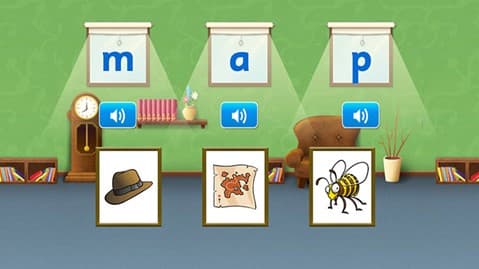
How can you help early learners hear words in sounds?
Besides using books read aloud in class - listening, and reading games also help create a safe environment to learn new sounds and form words.
That’s why you can find over a hundred alphabet games, songs, and rhyming activities in Reading Eggs, designed to teach your students how to hear, segment, and substitute phonemes. When combined with phonics, this rapidly increases your student’s bank of readable words.
And with a huge library of read-aloud books also at your fingertips, you don’t have to worry about not having any phonemic awareness activities or resources to use in your class.
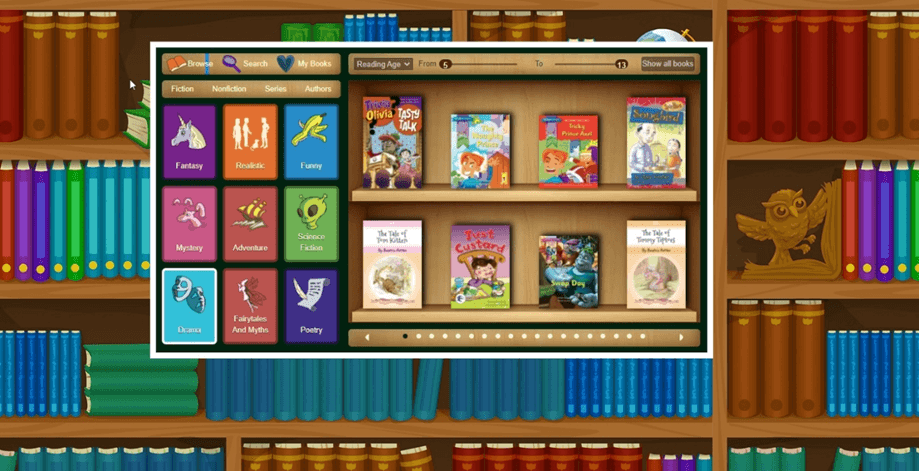
Get instant access to over 3,500 digital books in Reading Eggs. Start a free school trial today.
2. Crack the phonics code through structured learning maps
Once early learners develop their phonemic awareness, next comes phonics.
Using a balanced approach, Reading Eggs consists of 120 one-on-one instructional lessons. Brimming with exciting multisensory activities, each lesson caters to your students’ different learning styles.
When students first use Readings Eggs, there is a quick placement test for them to complete. This ensures they get placed on a map suited to their current ability level.
They are then guided along a self-paced journey, with easy-to-follow sequential lessons. This gives younger students the ability to succeed at their own level, making it fun and stress-free.
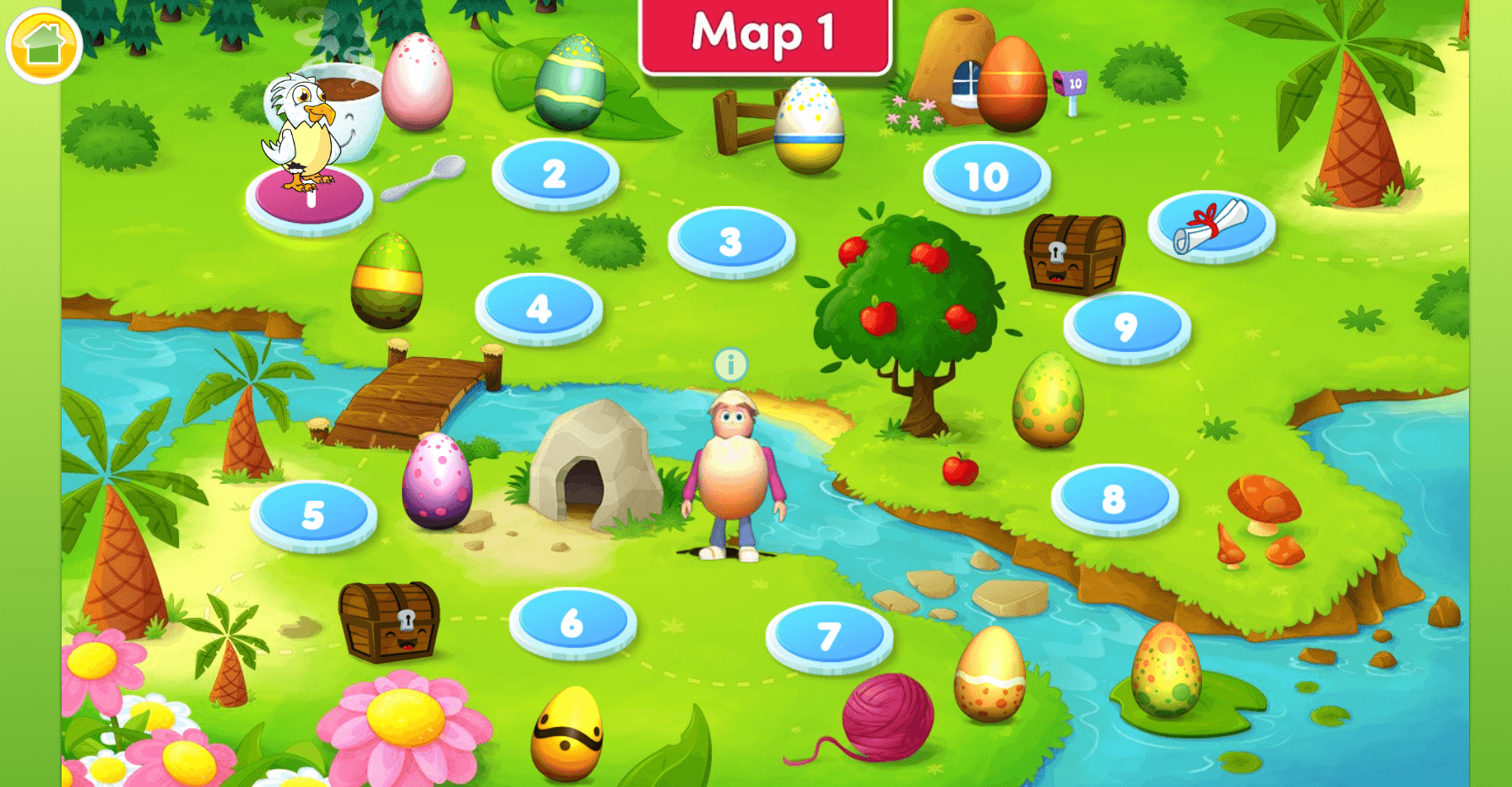
Once students have completed all ten lessons, they take an end-of-lesson quiz, before moving on to the next map.
For example, Maps 1–4 are aimed at 3–6-year-olds who are beginning to read. Here, letter sounds and names, and basic sight words are taught. They also become familiar with phonic skills needed to read three-letter words, such as 'cat', 'fan', and 'Sam'.
Planning to introduce or reinforce specific sounds and letters? You can also use these lessons to run a few group activities in your class.
Crack the phonics code using a Systematic Synthetic Phonics approach
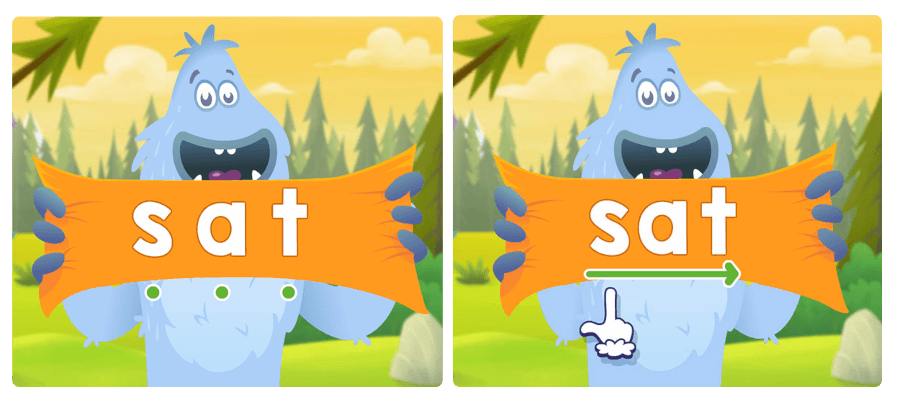
If your school uses Systematic Synthetic Phonics instruction, then Fast Phonics (part of Reading Eggs full suite) is the perfect phonics strategy for your early learners.
Designed for learners from K to Year 2, Fast Phonics focuses explicitly on helping them crack the alphabetic code through 400 sequenced phonics lessons and over 280 phonetically decodable books.
In Australia, research established that Systematic Synthetic Phonics had substantial advantages over analytic phonics for the reading and spelling skills of students in their second year of school.
Whether you decide to go with a balanced approach or Systematic Synthetic Phonics approach, Reading Eggs offers you these choices to choose from.
Try Fast Phonics and Reading Eggs for FREE
Using the proven power of systematic phonics instruction to boost reading skills, Fast Phonics is an online systematic synthetic phonics program in Reading Eggs that helps young learners become strong readers fast.
3. Grow a vocabulary bank through explicit instructions
The later lessons in Reading Eggs promote vocabulary learning through explicit teaching of new words.
For example, from lessons 101–120, students are exposed to more vocabulary-building activities where they get to learn new words, locate definitions, and read words in different context.
So, what happens when students complete all 120 lessons?
They can progress and move on to Reading Eggspress, targeted at students aged 7–13. This where the focus shifts to building your students vocabulary knowledge, spelling, and comprehension skills.
4. Promote comprehension skills through a wide range of texts
Imagine this. Having your own virtual library in class with instant access to over 3,500 books. With Reading Eggs Library, now you can.
Save precious time by using the search and filter functions in the Library. It allows you to look up titles by author, reading level, age, and topic, so that you can match your students’ reading ability to the right book.
Here’s something your students will love – having a personal virtual book bag. You can share specific book collections to each student for them to read at school, or home. Say goodbye to messy book nooks, missing stories, or kids fighting over the same book.
All books in the Library also comes with a comprehension quiz at the end, for your students to practise and improve their reading and comprehension skills. Each student will also have their own Reading Journal, so they can look back and celebrate all the books they've read in the program.
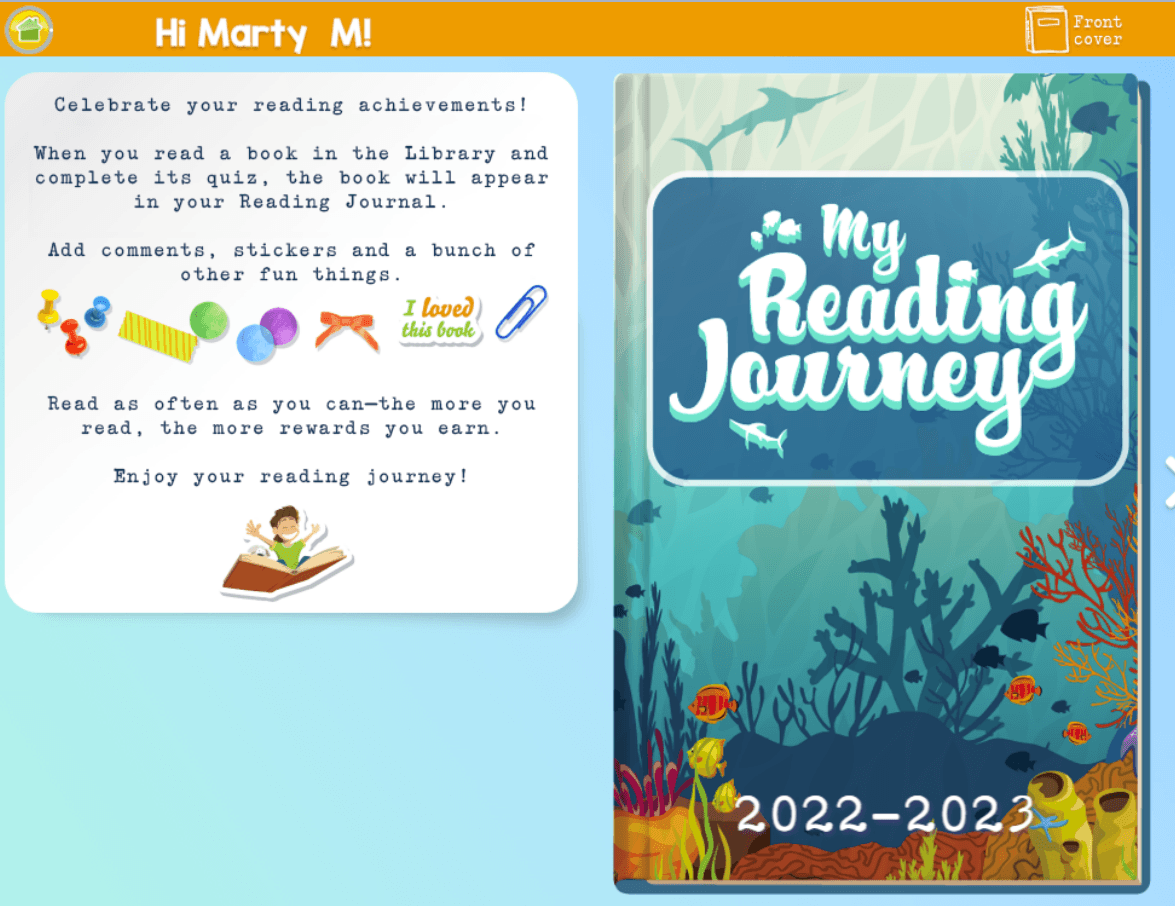
5. Improve fluency by listening to fluent readers
To support emergent readers to become fluent readers, they must first hear and understand what fluent reading sounds like.
A great model for fluent reading is the inbuilt Read-to-Me audio feature on lower-level books in the Library. You can use this to assist students in group read-aloud sessions in class.
Many word activities within our lessons are also built to increase a bank of high-frequency sight words. This strengthens word recognition, maximising your students’ ability to decode and read new texts with ease and accuracy.
See why over 16,000 primary schools trust Reading Eggs to help their students learn how to read and read for pleasure.
Using Reading Eggs to achieve early reading success in class

So how can you use Reading Eggs effectively in a class of emergent readers? Here are 5 handy tips.
Tap into extrinsic motivation tools
When your students move through lessons, they are rewarded with golden eggs that can be spent on items for their avatar. They also earn certificates when they pass the end of map quiz, motivating them to complete tasks and progress further.
Reading Eggs teachers love printing out student achievement certificates and holding a ‘presentation ceremony’ in class. They make it an exciting regular activity that students look forward to.
Great reading resource for schools
With over 3,500 books to choose from, pick a book to read in class through a big screen or interactive whiteboard. Why not complete a few Reading Eggs lessons together as a class? Show your students how they can earn golden eggs each time they complete an activity.
Identify student’s learning gaps
As their teacher, you get to see the number of attempts they make to complete a lesson or map quiz. This provides you valuable insight into knowing when and where extra support is needed.
Reinforce reading skills at home
How can you reinforce your students’ fluency and reading skills? By encouraging parents to read with them at home.
Reading Eggs makes this easy as you can easily assign the book you’ve read in class to your students. Parents can then log in using their child’s account and read the same book at home.
Extra reading and writing printable resources
Need more writing and reading worksheets? You can find worksheets, spelling activities, lesson plans, posters and more in our Teacher Toolkit and Printable Library.
From emergent to confident readers
Reading Eggs helps early learners achieve reading success by combining the five pillars of a successful reading program - phonemic awareness, phonics, vocabulary, comprehension, and fluency.
First, it starts at an emergent reading level, teaching them fundamental phonics and phonemic awareness skills through games, songs, and guided learning maps.
As readers progress at their own pace, they advance to build on their comprehension, vocabulary, and fluency skills.
Once your students have completed all lessons in Reading Eggs, they can move on to Reading Eggspress, to work on their comprehension skills, build their vocabulary and develop reading fluency.
Don’t miss out on this multi-award winning program. Jumpstart your students' reading success today!
